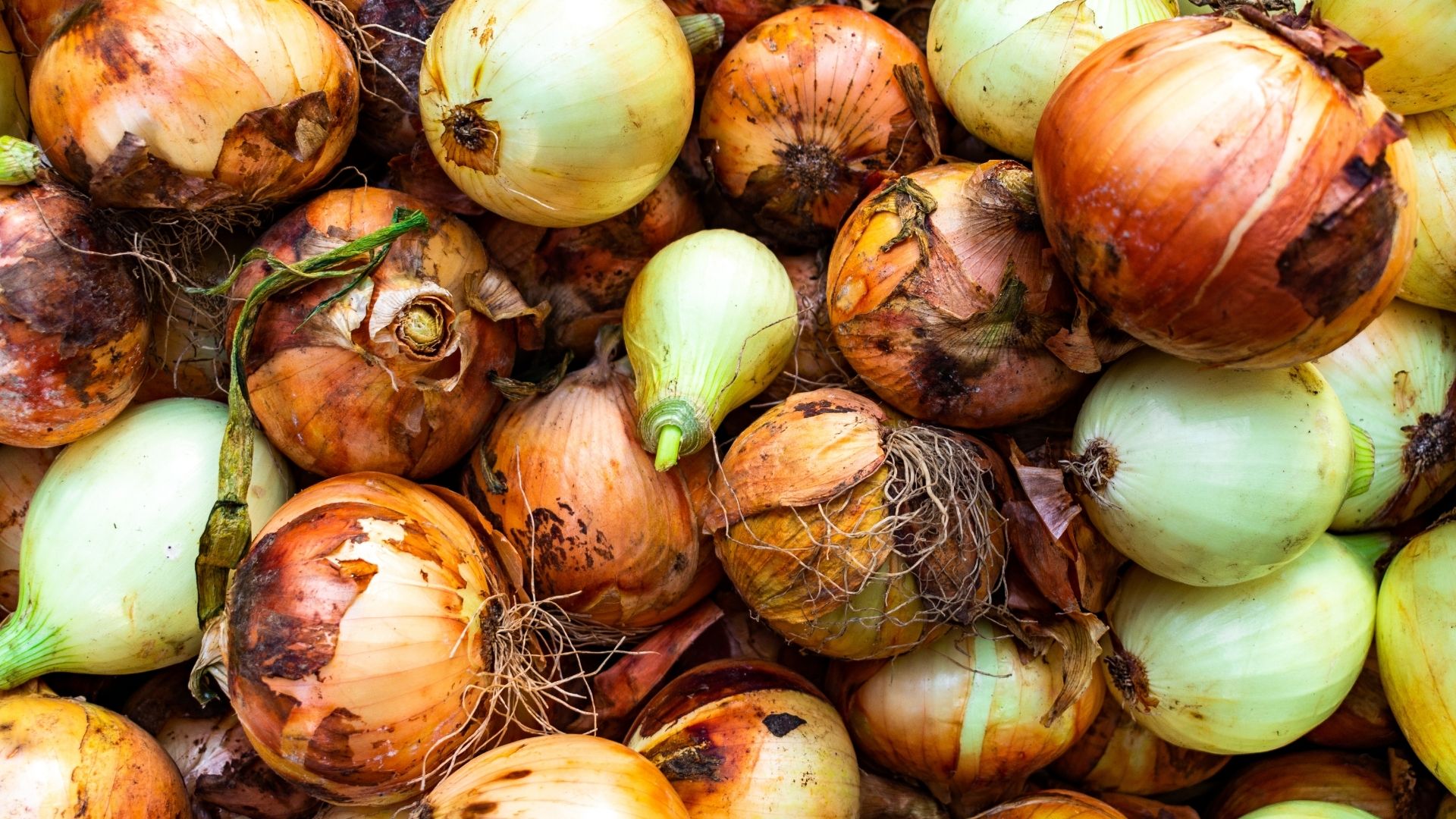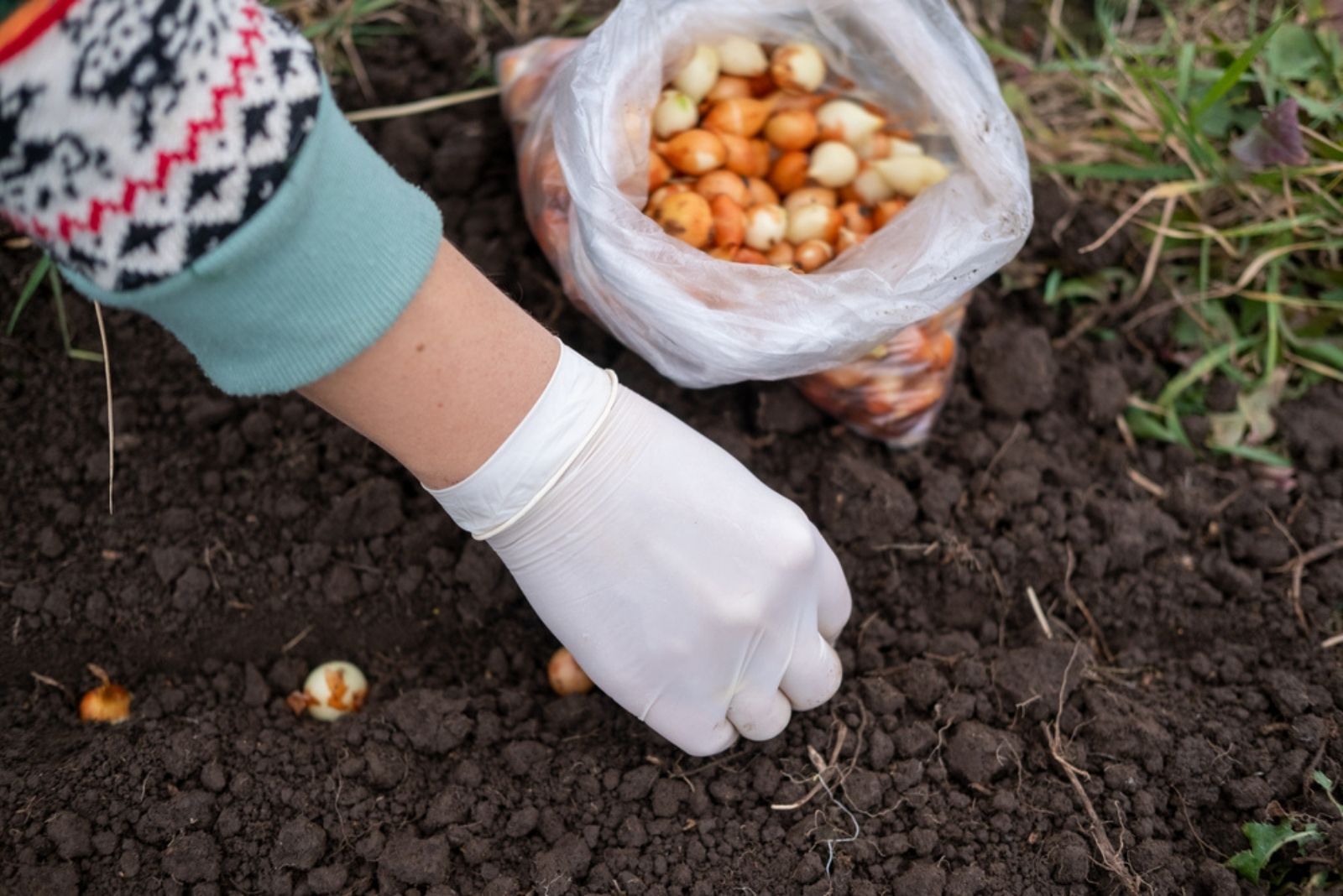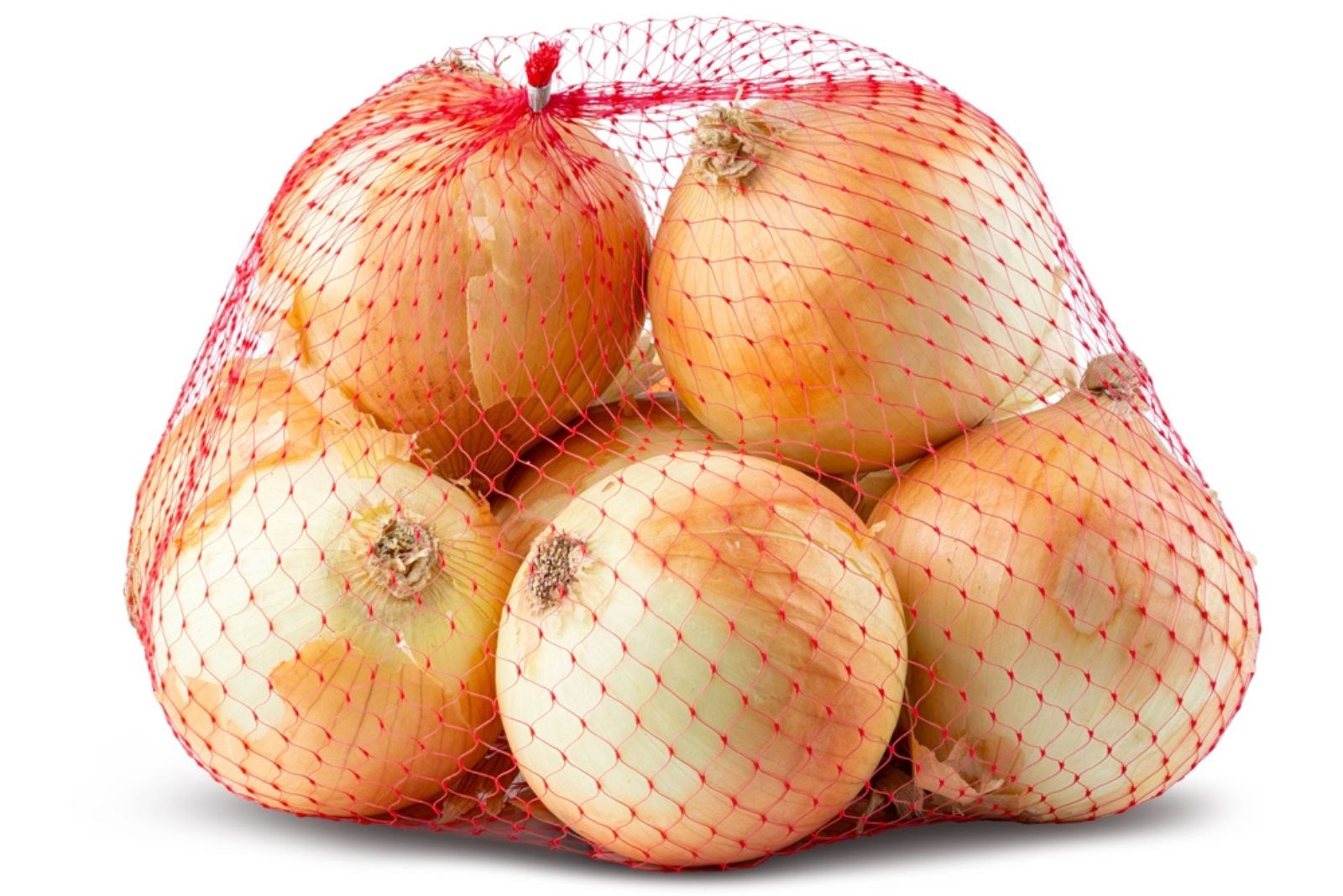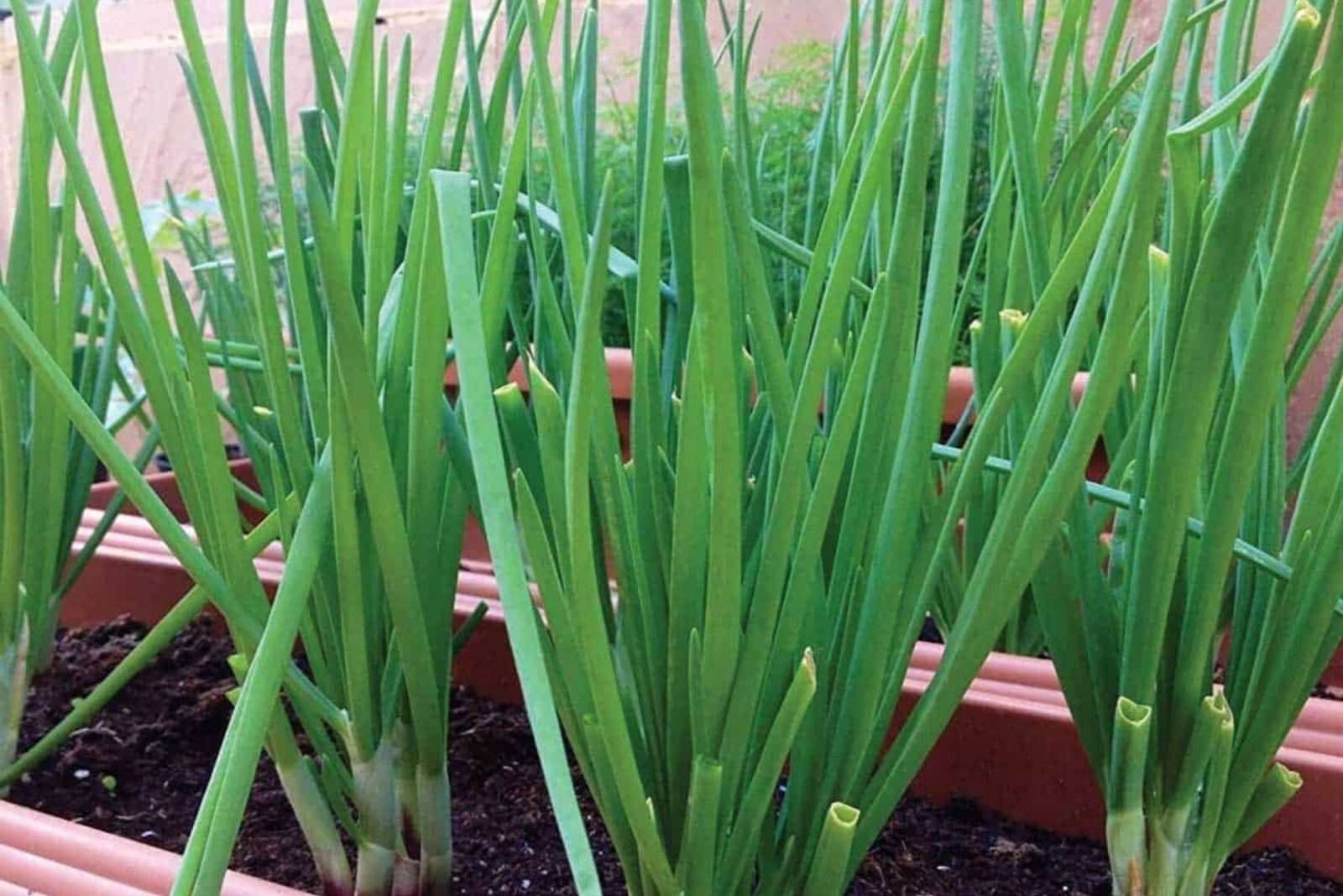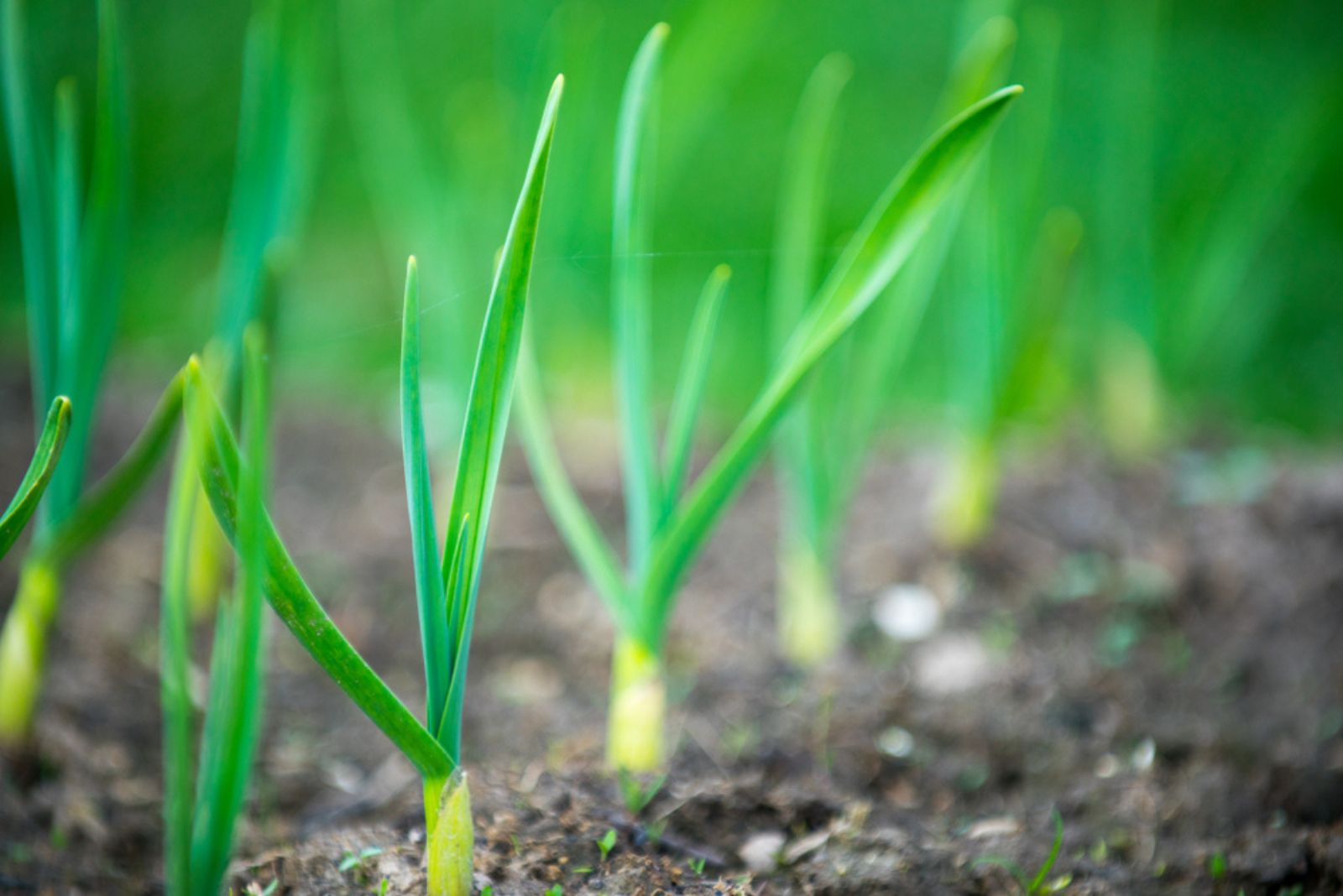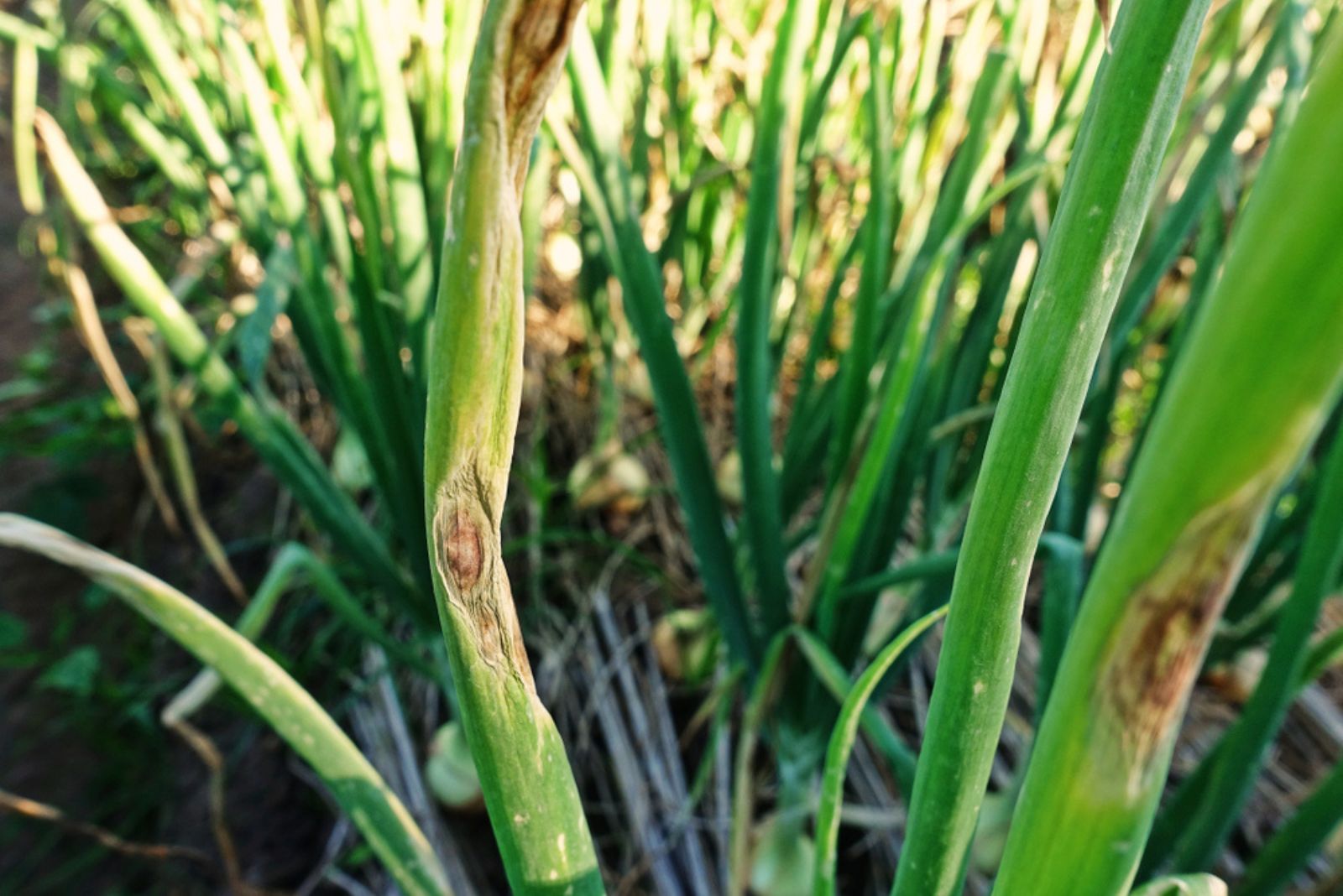Candy is definitely not the word you would typically expect to hear with the term onion. Well, candy onion is a hybrid species in the Allium genus and its flavor is sweeter than that of common onions, hence the name.
What I especially like about these veggies is that they’re easier to grow than their relatives. To be more specific, they show better disease resistance and generate larger crops.
They’re crisp and juicy and will reward you with a good harvest if you meet their basic requirements.
Let’s see how to grow candy onions, from planting to harvest!
Planting Candy Onions
The best time to plant this Allium species is from March through May, depending on your hardiness zone.
The easiest way to start candy onions is to plant them directly in the ground or a container. However, some growers claim they have had good results with transplanted seedlings.
I highly recommend bulbs because starting candy onions from seeds may take more time and effort. The bulbs are ready for in-ground planting once the soil temperatures reach approximately 50 degrees Fahrenheit.
Spacing And Depth
No matter if you decide on seeds or bulbs, you’ll need to sow them in fertile soil; it would be best if you amend it with compost before planting.
The recommended spacing for both bulbs and seeds is about 4 inches. Each row should be approximately 16 inches apart.
If you’re starting your candy onions from seeds, make sure to sow the seeds at a depth of half an inch. They typically need 2 weeks to develop into seedlings.
On the other hand, the perfect depth for candy onion sets is 2-3 inches.
Never plant sets and seeds near each other because they’ll be more prone to diseases.
Planting Alliums near each other generally isn’t recommended because they’ll compete for nutrients and be more susceptible to pests and diseases.
Caring For Candy Onions
As mentioned, caring for candy onions is considered easier than for other members of the same genus. Before we get into details, here’s a table with an overview of candy onions’ basic requirements.
[table id=782 /]
Light
Onion growth is characterized by 10 stages and the plant will need a lot of full sun in each stage.
You should find a spot in your garden where your candy onions can receive about 13-16 hours of full sun per day.
This amount of exposure is recommended for both in-ground and container-grown candy onions.
Soil Type
Onions, including candy onions, are more nutrient-hungry plants than other common veggies. Their soil should be fertile and full of essential nutrients.
You can purchase standard potting soil and amend it with compost to boost the nutrient levels.
The soil for candy onions should also be quick-draining and slightly acidic. If your soil is too compact, you can amend it with free-draining materials, such as horticultural sand.
Water
The good news is that candy onions are thirsty veggies, so there’s no need to water them every day.
You should give them a good soak immediately after planting. An inch of water per week will fulfill the needs of your onions during their further development.
If there hasn’t been any rain, you should irrigate these veggies once a week.
Temperature And Humidity
Drought and frost won’t kill your candy onions if it’s not too severe. But they’ll grow best if the temperatures range from 55 to 80 degrees Fahrenheit.
Hot summer temperatures can cause your candy onions to bolt. This is the main reason why you should plant them in early spring. They need up to 100 days to fully mature, so you should harvest them before the high temperatures arrive.
Fertilization
Candy onions, just like their cousins, require higher levels of nitrogen in their soil. You can boost the levels by applying nitrogen-rich fertilizer approximately 2-3 weeks after planting your candy onions.
As they develop further, they’ll benefit from the same fertilizer every 3 weeks.
Tips For Harvesting
As mentioned, these plants can take up to 100 days to fully mature. Some growers stick to the exact date but you can tell if your onions are ready for harvest by looking at them.
Dry skin and halfway-fallen greenery are an indication that your candy onions are mature.
Always harvest these veggies when the weather is dry and don’t pull green plants because they can quickly rot when stored.
The easiest way to harvest your candy onions is by digging them up by hand or using a small shovel.
Each crop can be up to 6 inches in diameter, so I recommend you wait for full development. They’ll be large and incredibly delicious!
Tips For Storing
You can cure your candy onions outdoors and indoors. If you want to do it outdoors, make sure the weather is dry and there’s no danger of rain.
The perfect temperature range for curing candy onions outdoors is from 65 to 85 degrees Fahrenheit. Don’t expose the crops to direct sunlight because it can cause the skin to scald. Instead, opt for a spot with bright but indirect sunlight.
Those who have had a bountiful harvest of candy onions and would like to store them should find a dark and cool spot. Basements, pantries, and sheds make perfect storage locations and your candy onions can last up to 3 months there.
Growing Candy Onions In Containers
You’ll more frequently see Allium species in raised beds or in the ground than in containers. But if you have limited space, candy onions do just fine in containers.
The first thing to do is select a large and deep pot so that the onion roots can develop successfully.
The potting soil should be fertile, so add compost to the standard soil. Make sure to leave a couple of inches between each onion when planting.
Put the container with your candy onions in a sunny spot.
Tips For Overwintering
We’re all used to seeing onions in gardens during the spring, but some growers decide on overwintering these veggies. Remember, this method doesn’t have such a high success rate.
You need to put your candy onions in the ground in August or September. When temperatures start to drop, add a layer of mulch over your onions to protect them from cold.
The growth rate of candy onions is slow during the winter and it will increase as soon as the spring arrives. You can expect your onions to be ready for harvest in May.
I don’t recommend overwintering candy onions to growers who live in cooler climates.
Pests And Diseases
Even though this Allium species has better disease resistance than its relatives, there are still some things to pay attention to.
Downy mildew, botrytis, and purple blotch are common diseases in Allium plants. You can protect your candy onions by meeting their requirements.
Make sure to apply nitrogen fertilizers at the recommended dosage, weed your garden beds, and purchase only disease-free candy onion seeds.
The same goes for protecting these veggies from pests; regular inspection and proper care will keep your candy onions protected from aphids, onion maggots, and cutworms.
I’m sure you’ll have a bountiful harvest of candy onions! All you need to do is follow our guidelines and enjoy the heavenly taste of these veggies!

